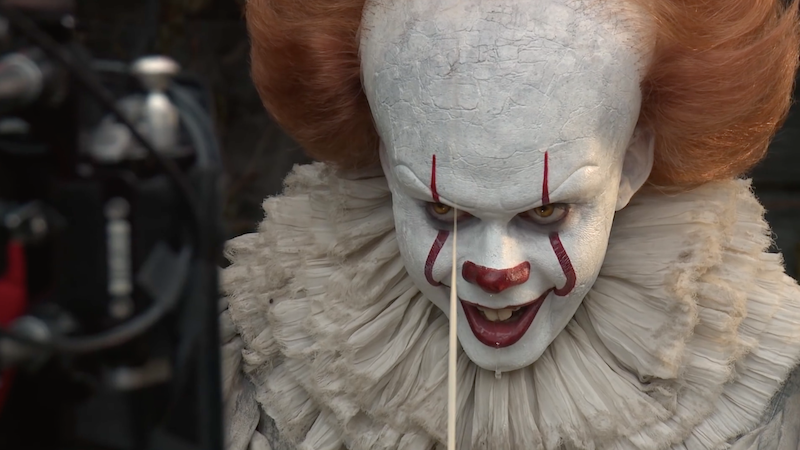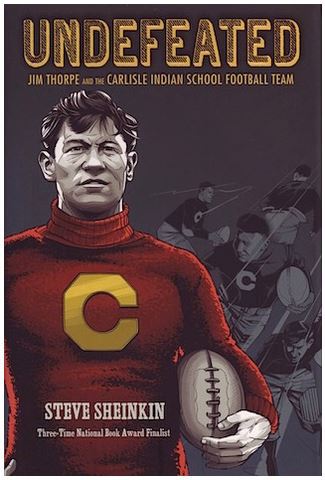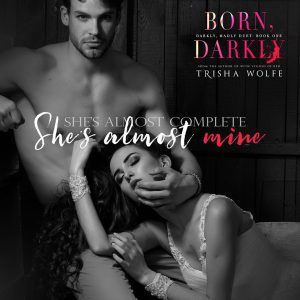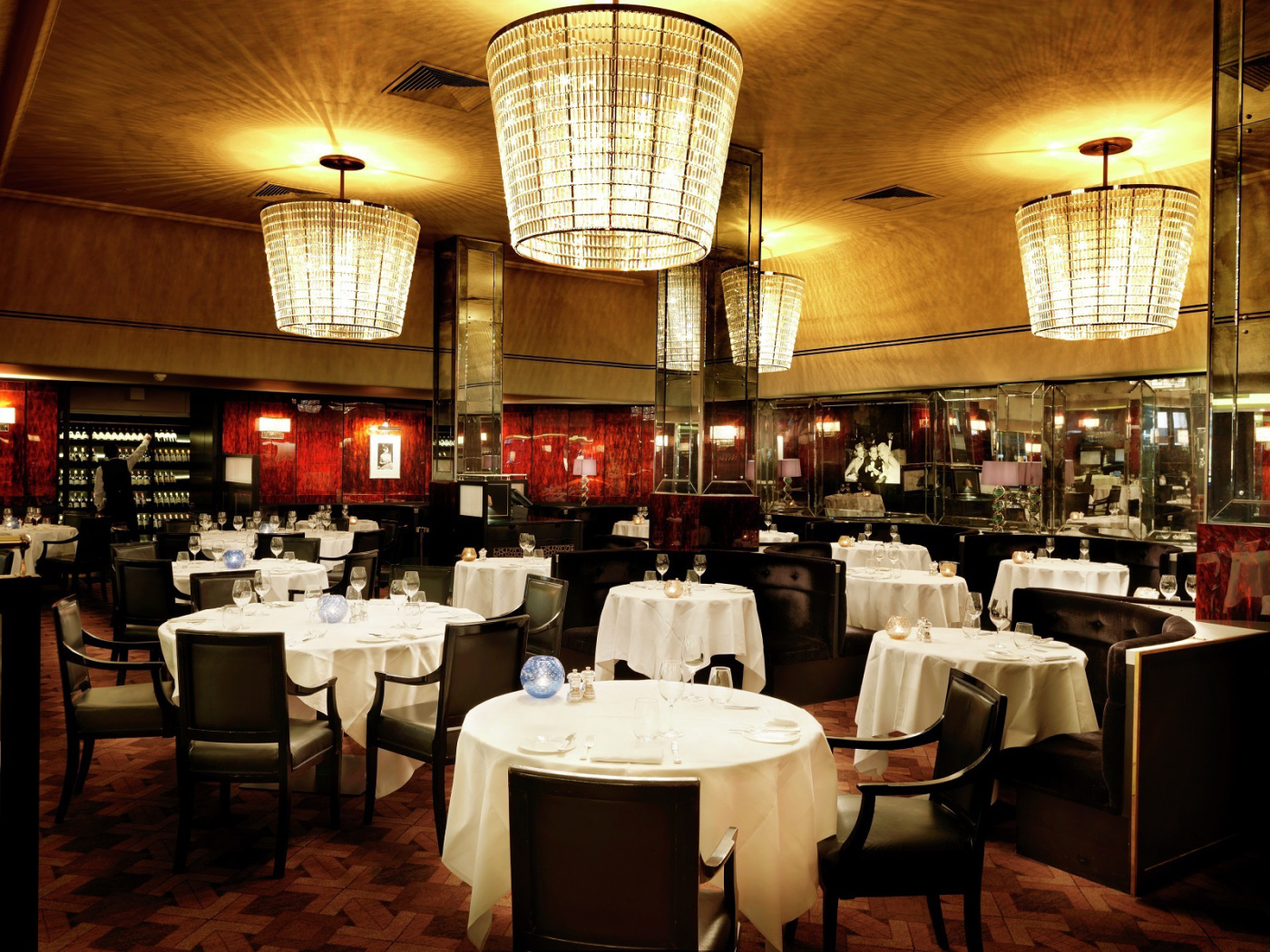Sophie Masson has published widely in children’s and young adult literature. She’s now working on her creative practice thesis, in the fascinating field of Afterlife Fiction. Of course, classical antiquity offers many ways to think about the subject of the Afterlife, as Sophie writes below …
– Liz Hale
Afterlife fiction for young people A short introductionIn the last fifteen years, fiction set in or about the afterlife has become a popular and critically acclaimed sub-genre within contemporary speculative fiction for young adults. These intriguing narratives, where the main characters die at the beginning of the story and find themselves in an alien world, the world beyond death, have developed into a fertile ground for imaginative and intellectual challenge and discovery.
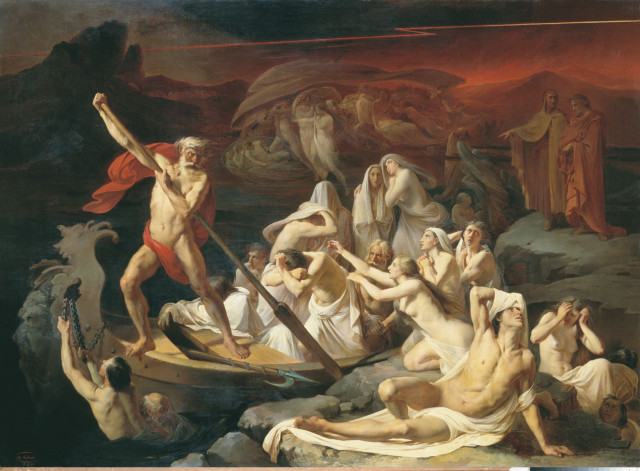 A nineteenth-century interpretation of Charon’s crossing, by Alexander Litovchenko – Location: Russian Museum, St. PetersburgTechnique: oil on canvas, Public Domain, https://commons.wikimedia.org/w/index.php?curid=4094737
A nineteenth-century interpretation of Charon’s crossing, by Alexander Litovchenko – Location: Russian Museum, St. PetersburgTechnique: oil on canvas, Public Domain, https://commons.wikimedia.org/w/index.php?curid=4094737
Currently engaged in a PHD in Creative Practice at the University of New England, I’m writing a novel, The Ghost Squad, set in a world like ours but where there is (secret) proof of afterlife, and an accompanying exegesis about contemporary afterlife fiction for young people: that is, fiction which is specifically set in or about the afterlife. In the exegesis, I’m looking at recent young adult novels from around the world, published between 2003 and 2016, which is the period in which afterlife fiction for young adults has mainly appeared, but I also briefly look at a precursor: Astrid Lindgren’s 1975 afterlife novel, The Brothers Lionheart, a useful contrast to the contemporary texts.
All of the novels depict an afterworld which is neither Heaven nor Hell but something in between; a transitional, liminal world, not a final end-point. They are territories very often blending elements from Purgatory, Limbo and Hades, or similar places found in traditional beliefs around the world. One of the exciting things about the novels is how well and intriguingly they blend many different cultural influences, across both space and time: cultural diversity is an important factor here. Amongst those elements are those from Classical mythology and history: it’s more than bleak Hades-like landscapes which are found in several texts; the notion of the guide or ferryman is central to more than just Claire McFall’s novel, Ferryman, and in Jane Abbott’s Elegy, set in a country town in Victoria, the main characters are reincarnated Greek gods and heroes.
 John Roddam Spencer Stanhope, Charon and Psyche; http://www.mlahanas.de/Greeks/Mythology/CharonAndPsycheJohnRoddamSpencerStanhope.html, Public Domain,
John Roddam Spencer Stanhope, Charon and Psyche; http://www.mlahanas.de/Greeks/Mythology/CharonAndPsycheJohnRoddamSpencerStanhope.html, Public Domain,
In Lynnette Lounsbury’s Afterworld, the Necropolis, which is one of the principal settings of the book, evokes aspects of Ancient Roman cityscapes, such as gladiatorial arenas, while in Kinga Wyrzykowska’s Memor: le monde d’après, there are echoes of Greek philosophy and taxonomy. Very often, these elements occur in unexpected and imaginative ways; surprise is one of the great pleasures of afterlife fiction for young people.
There has been some interesting work done on the theme of the afterlife in fiction, such as Alice Bennett’s Afterlife and Narrative in Contemporary Fiction (2012),her book-length study of adult afterlife fiction. However, aside from a short discussion on aspects of Philip Pullman’s His Dark Materials–which is not an afterlife fiction, but contains some episodes set in an afterlife–Bennett does not look at afterlife fiction for young adults. A chapter on the theme of afterlife in young adult fiction is also included in literary commentator Patty Campbell’s 2016 book, Spirituality in Young Adult Literature: The Last Taboo, and touched on in Postsecular spirituality in Australian young adult fiction, a 2016 thesis by Australian PHD student Dale Kathryn Lowe, though neither of them looks at the specific genre of afterlife fiction itself. Indeed, it appears that no substantial analytical survey of afterlife fiction young people has been published to date—which is where my research comes in!
Sophie Masson is an award-winning author for young people, and a PHD student in Creative Practice at the University of New England. Her website is www.sophiemasson.org, and she blogs at www.firebirdfeathers.com
Advertisements Share this: